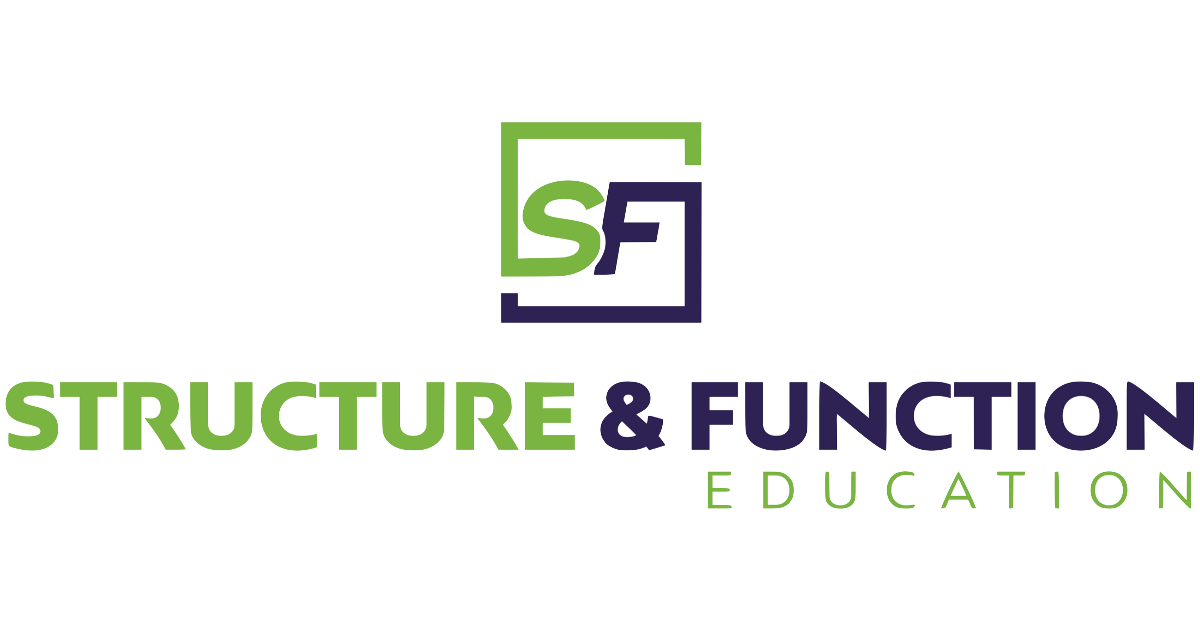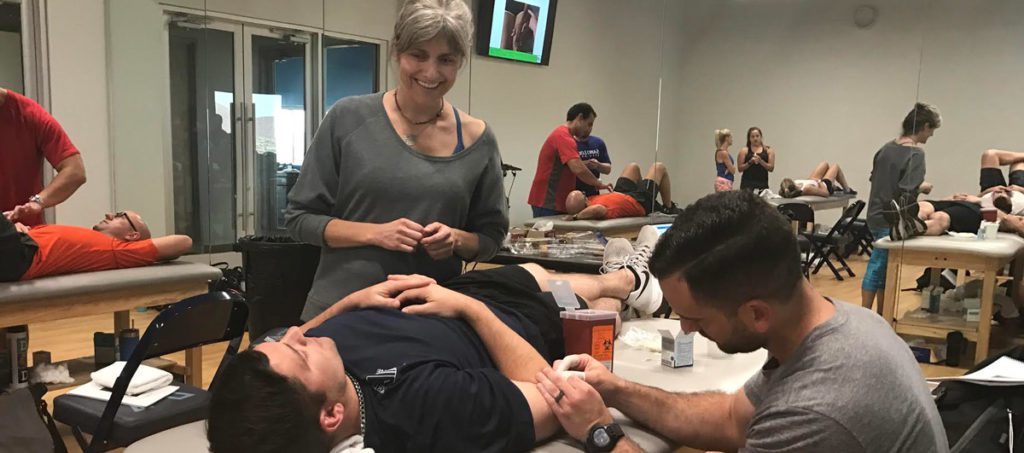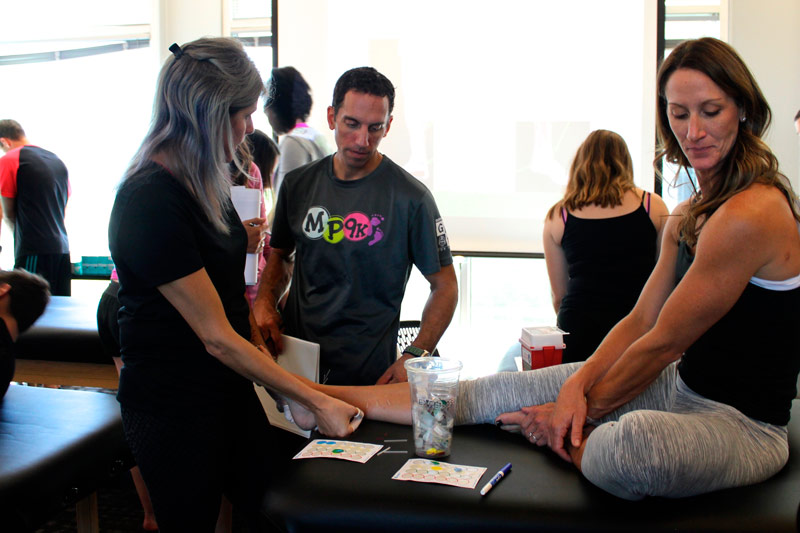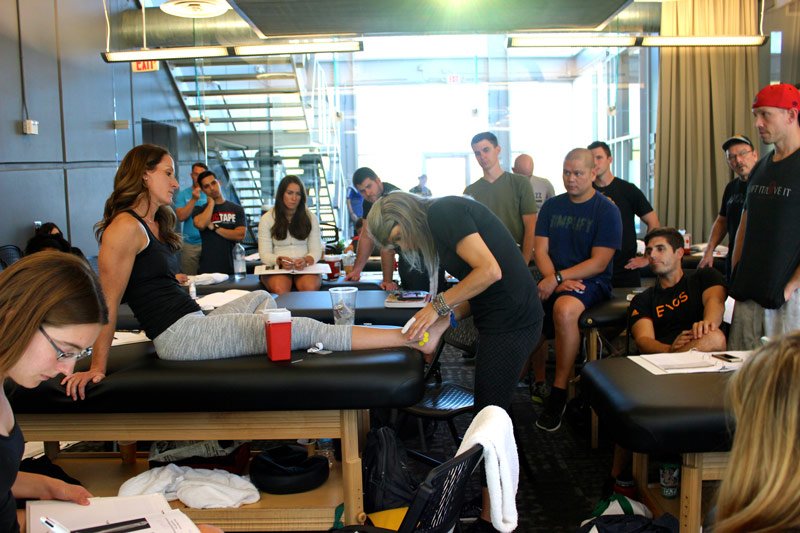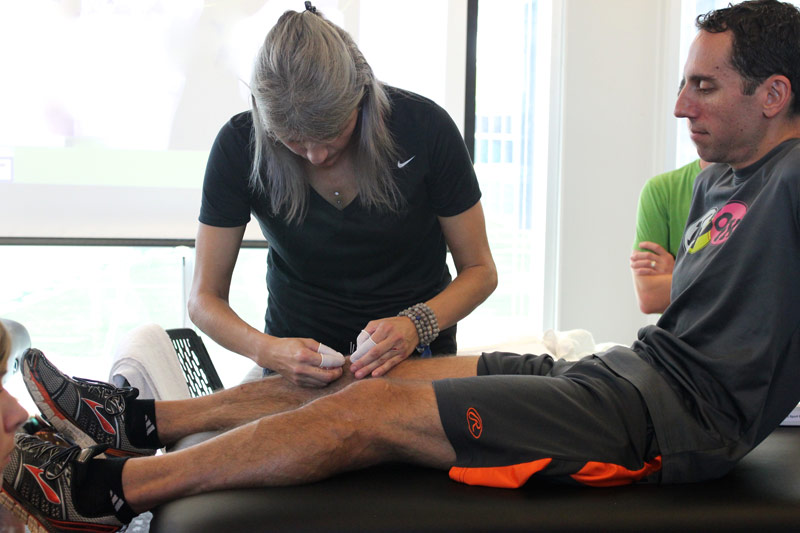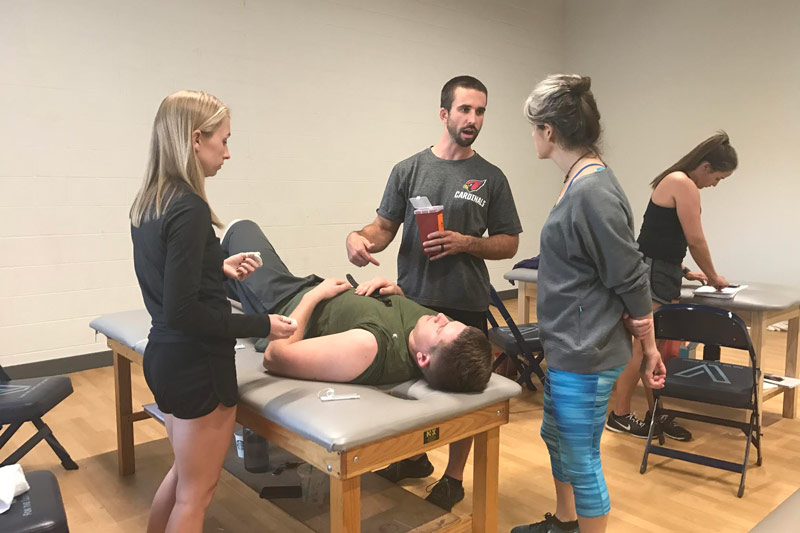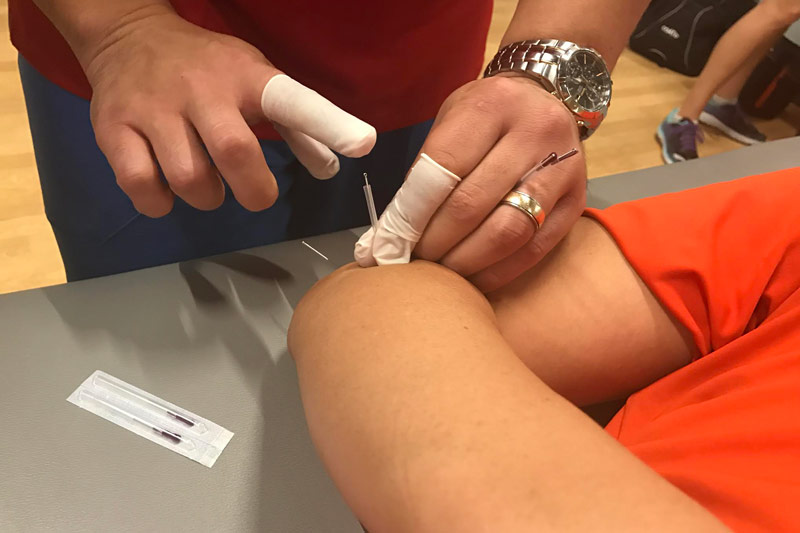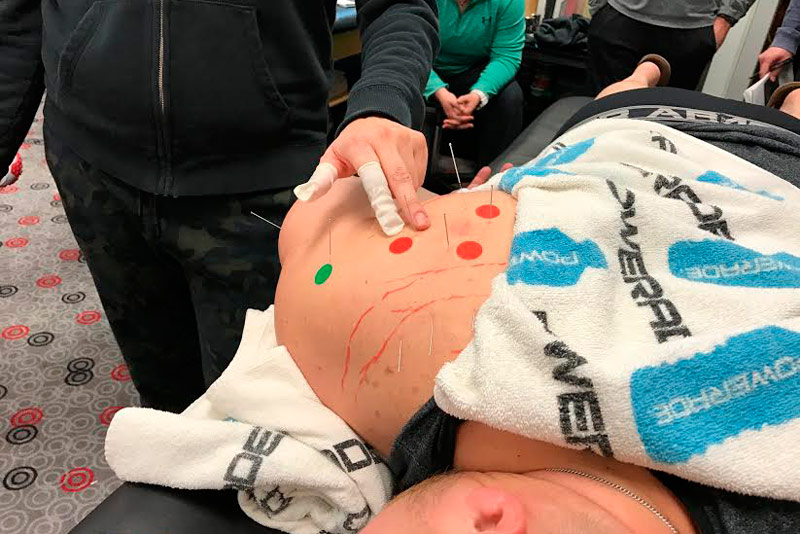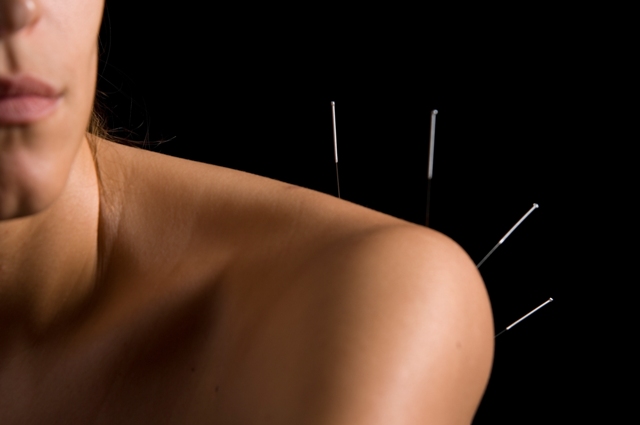For the time that I’ve been using dry needling as a modality for recovery and performance enhancement, I’ve learned that many people have questions about the practice. Is it the same as acupuncture? What is it used for? Etc. Today I want to address 5 questions that a friend of mine, Jason Glass, asked me on his podcast, “Take it to the Next Level” (Click to Listen!). So here we’re go!
2. How is dry needling different from acupuncture?
3. In which situations would dry needling be used?
4. Is dry needling for all people?
5. Where does knowledge of which modalities to use, like dry needling, come from?
1. What is dry needling?
It’s the insertion of fine filament needles in the body, specifically neuromuscular tissue.
2. How is dry needling different from acupuncture?
Traditional acupuncture is rooted in eastern philosophy while dry needling is rooted in western medicine. There is of course overlap between the two, and the main differences are discussed in this article by Zhou et al1. As with any tool used in medicine, there is overlap among professionals who use the tool. The way the tool is applied is what makes it different from profession to profession.
3. In which situations would dry needling be used?
Research is still looking at how dry needling works in both acute and chronic situations2. Simple muscle tightness, strains and sprains, an overworked body needing recovery, muscle activation, swelling reduction and pain modulation are all clinical examples for the use of dry needling. Science points us in the correct direction to appropriately choose when to use the modality, and research is being gathered on best practices overall for dry needling.
4. Is dry needling for all people?
Everybody is different and their reactions to modalities are going to vary. In my personal experience, people with low blood pressure and low body fat have a poor body response to dry needling, meaning the technique can be more painful than clinically desired. Some patients may have a fight or flight physical response to the needles, breaking into a sweat. Others feel completely relaxed during and after a treatment3. There is little to no evidence as to what type of people will have what reaction. Understanding the potential reactions and being prepared to safely deal with them, along with appropriate clinical decision making is key for success.
5. Where does knowledge of which modalities to use, like dry needling, come from?
Right now, experience. We practice a clinical art based on science. I have a friend who is a dentist. He said the thing he likes about his job is when a certain diagnosis comes in, there is typically one best way to deal with it. Art in his practice comes from execution of the technique, but the clinical decision making is fairly straight forward. This is so different from the practice of sport rehabilitation and sport performance. There is so much art involved in the clinical decision making process, and much of it is left up to the experience and personal successes of the clinician. Evidence always lags behind our clinical practice. But making informed decisions based on current science and known research is always best.
Much more can be said of this incredible modality, especially in relationship to the field of sport rehabilitation and sport performance, but for now I hope these generally asked questions help you understand basic knowledge of this effective treatment!
References
- Zhou K, Ma Y, Brogan MS. Dry needling versus acupuncture: the ongoing debate. Acupunct Med J Br Med Acupunct Soc. November 2015. doi:10.1136/acupmed-2015-010911.
- Butts R, Dunning J, Perreault T, Mourad F, Grubb M. Peripheral and Spinal Mechanisms of Pain and Dry Needling Mediated Analgesia: A Clinical Resource Guide for Health Care Professionals. Inernational J Phys Med Rehabiliation. 2016;4(327). http://www.omicsonline.org/open-access/peripheral-and-spinal-mechanisms-of-pain-and-dry-needling-mediatedanalgesia-a-clinical-resource-guide-for-health-care-professional-2329-9096-1000327.pdf. Accessed May 2, 2016.
- Brady S, McEvoy J, Dommerholt J, Doody C. Adverse events following trigger point dry needling: a prospective survey of chartered physiotherapists. J Man Manip Ther. 2014;22(3):134-140. doi:10.1179/2042618613Y.0000000044.
